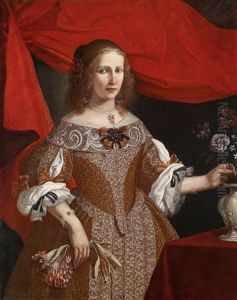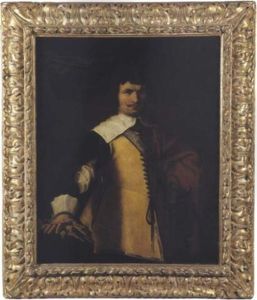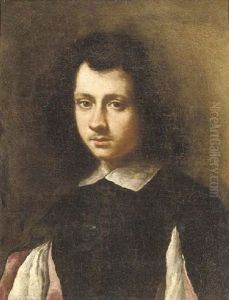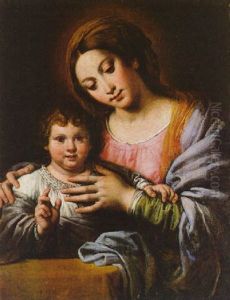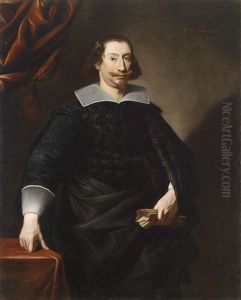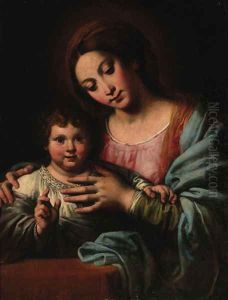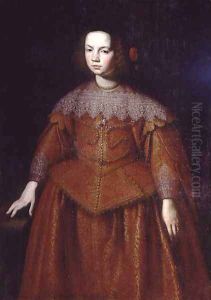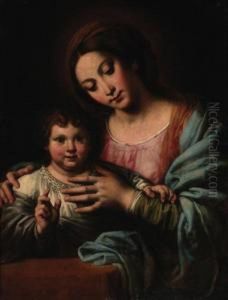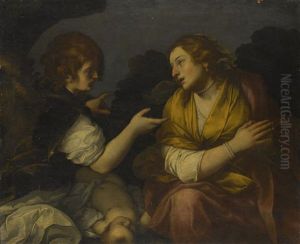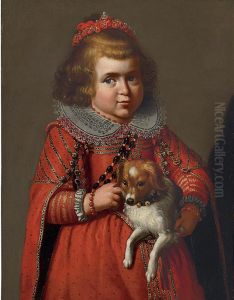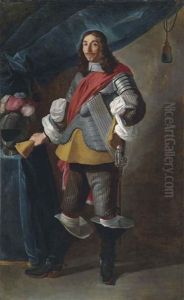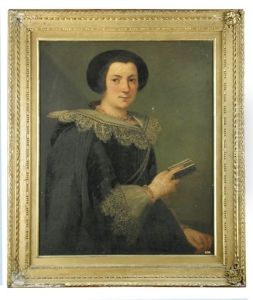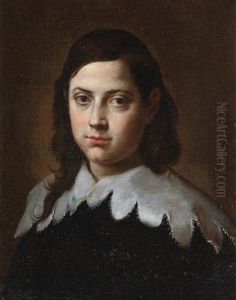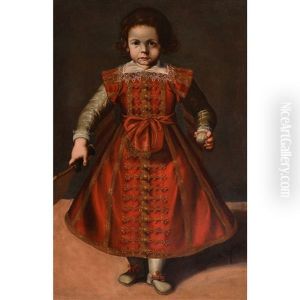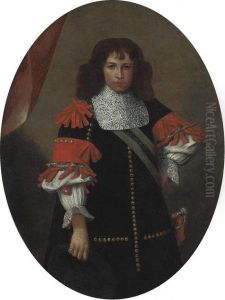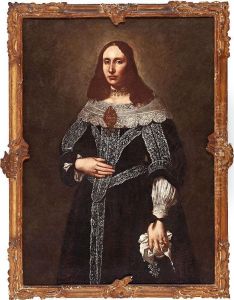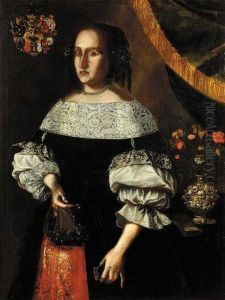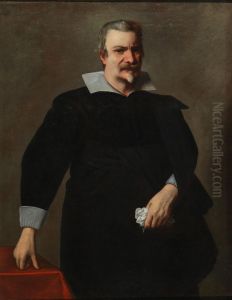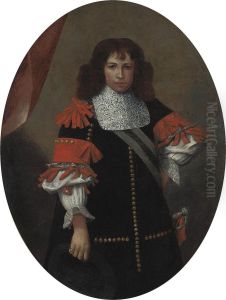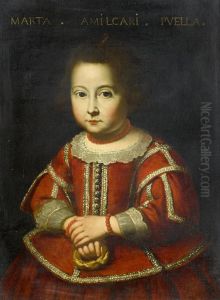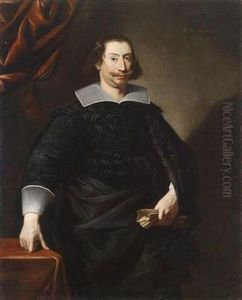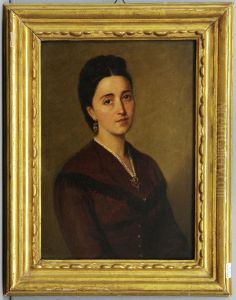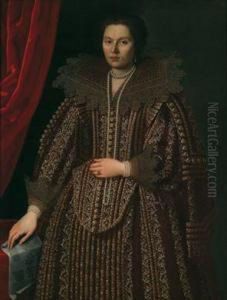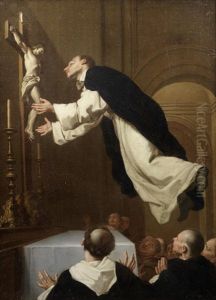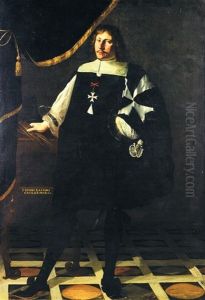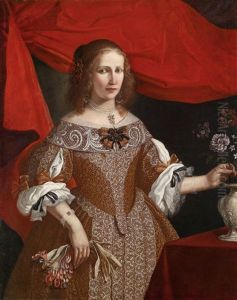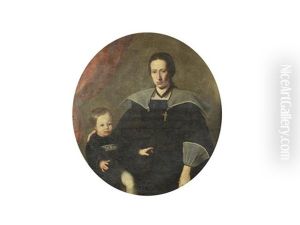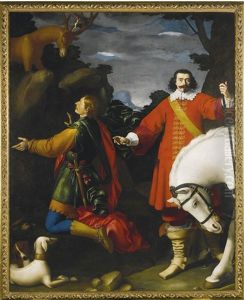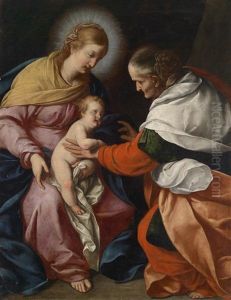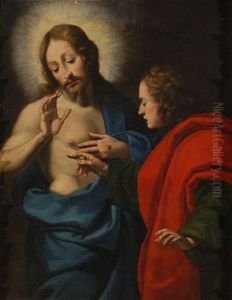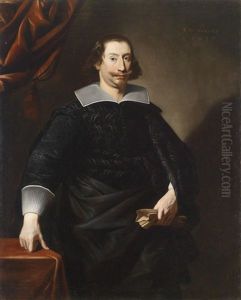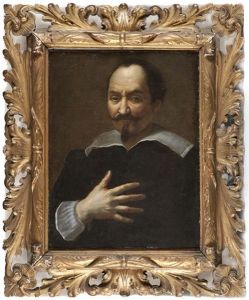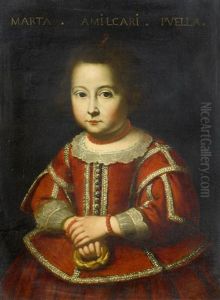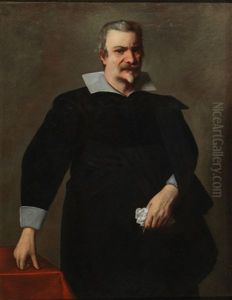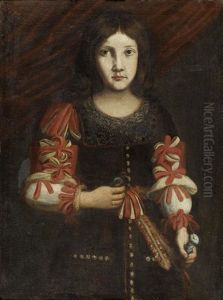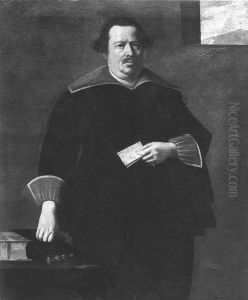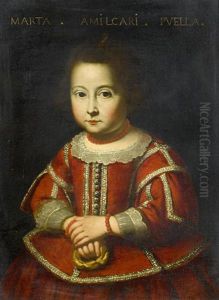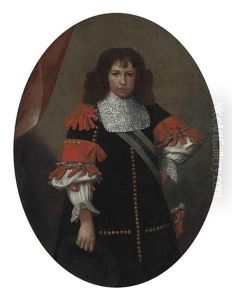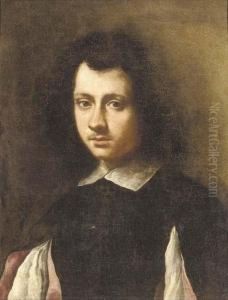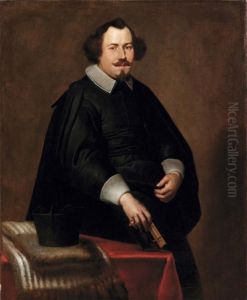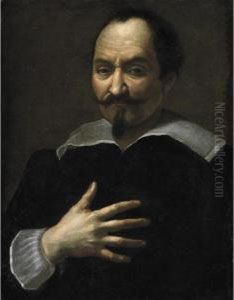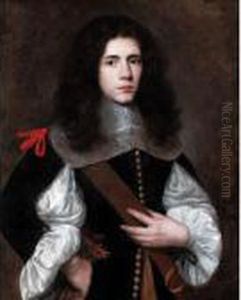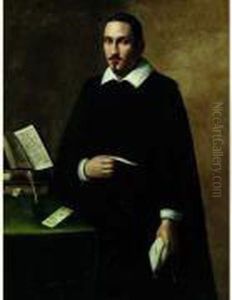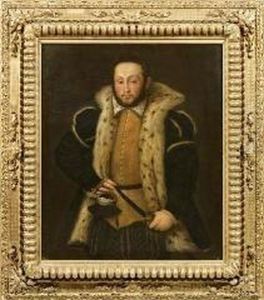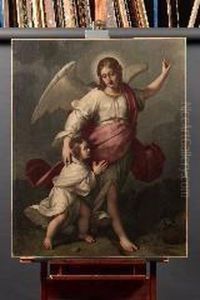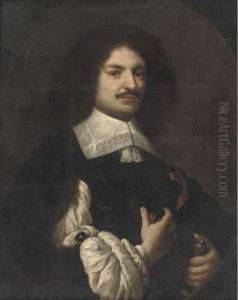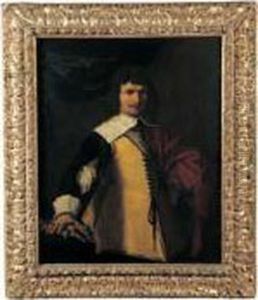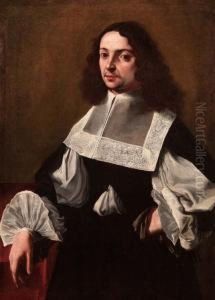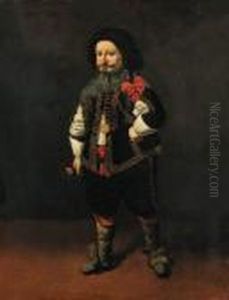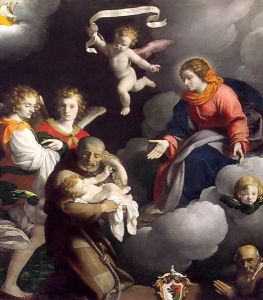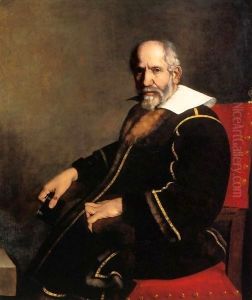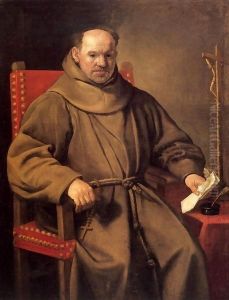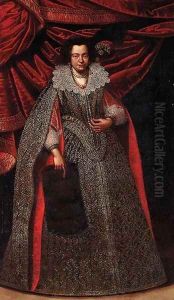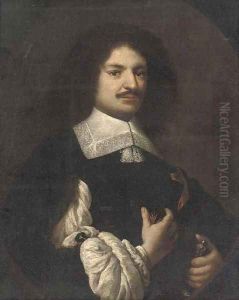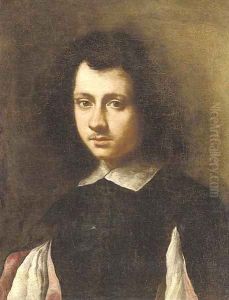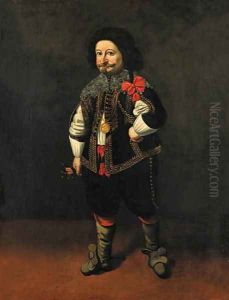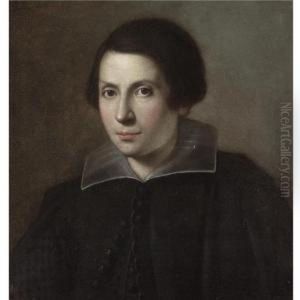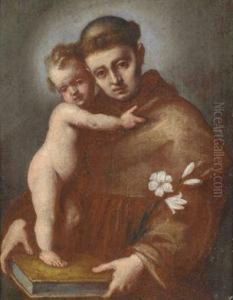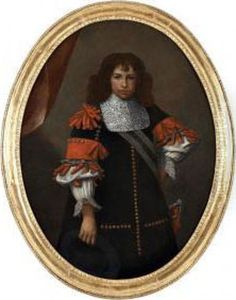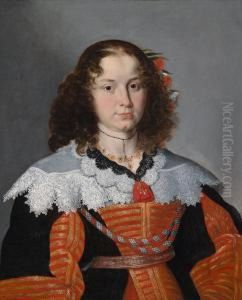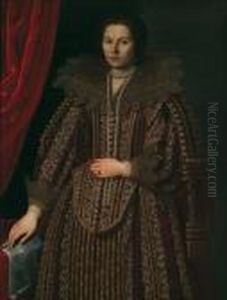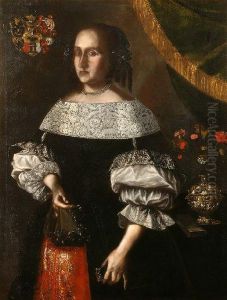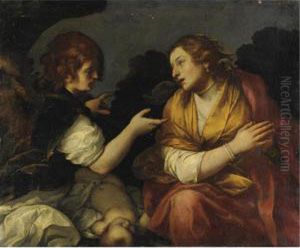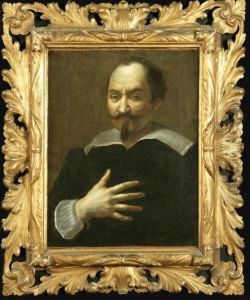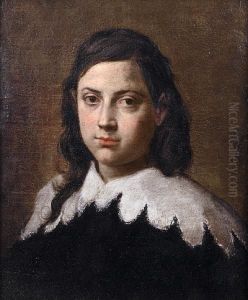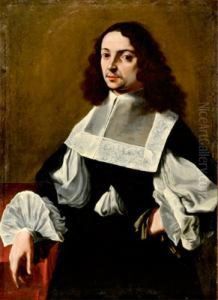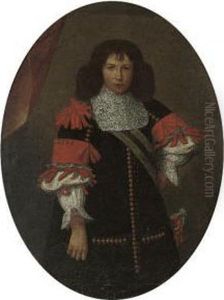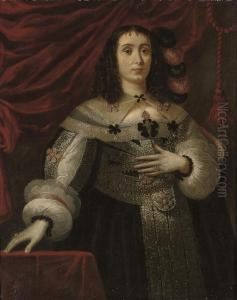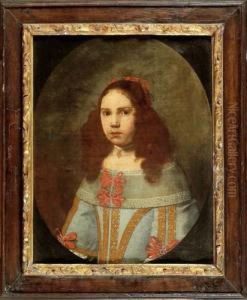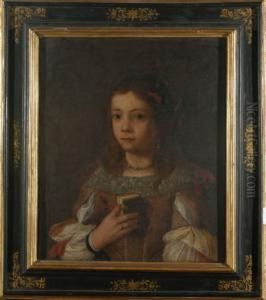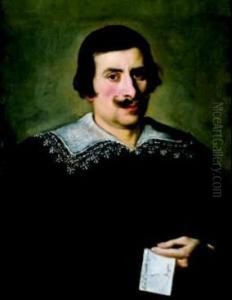Carlo Ceresa Paintings
Carlo Ceresa was an Italian painter of the Baroque period active mainly in Bergamo and its vicinity. He was born in 1609 in San Giovanni Bianco, a town in the province of Bergamo, Lombardy. Ceresa is considered one of the key exponents of Baroque painting in the Bergamo area, and his style reflects the influence of the Venetian School, particularly the works of artists like Giovanni Battista Moroni.
Ceresa received his artistic training in the workshop of Giovanni Battista Moroni's pupil, Francesco Zucco, and his early works show a strong adherence to the Moroni style, characterized by an emphasis on naturalism and a sober palette. However, as his career progressed, Ceresa developed a more personal style that integrated elements of realism and a softer use of light, which can be seen in his religious compositions, portraits, and altarpieces.
His body of work includes a number of altarpieces for churches in Bergamo and its surrounding areas, as well as portraits of local nobility and clergy. These works are noted for their expressive realism and attention to detail, particularly in the rendering of textiles and materials. Ceresa's portraits are particularly valued for their psychological depth and the dignified representation of his subjects.
One of his most famous works is the altarpiece 'Madonna and Child with Saints' in the Church of San Bartolomeo in Bergamo. In this painting, he demonstrates his skill in composing figures in a naturalistic setting, while imbuing the scene with a sense of devotional calm. His ability to capture the character and mood of his subjects also made him a sought-after portraitist during his lifetime.
Despite his success, Carlo Ceresa remained relatively provincial, rarely venturing beyond the region of Bergamo. His works, however, played a significant role in the diffusion of Baroque aesthetics in the area and influenced subsequent generations of local artists.
Ceresa died in 1679 in Bergamo, leaving behind a legacy of work that remains appreciated for its contribution to the development of Baroque art in Northern Italy. His art is preserved in various churches and museums, with a significant collection in the Accademia Carrara in Bergamo, which houses a number of his paintings, attesting to his standing as a prominent figure in the region's artistic heritage.
